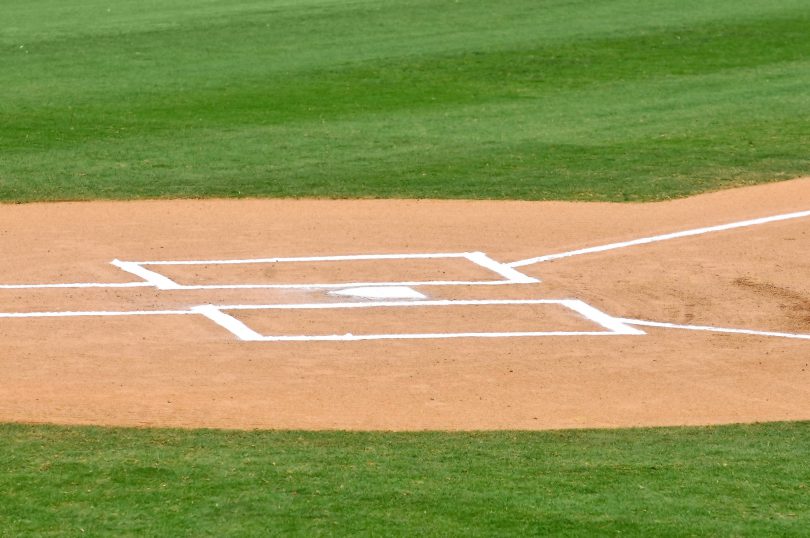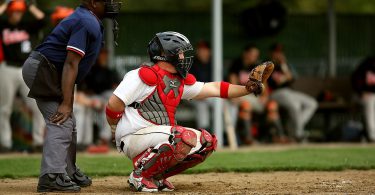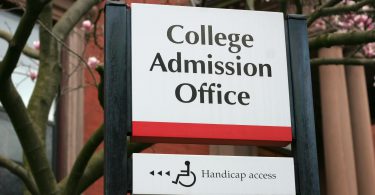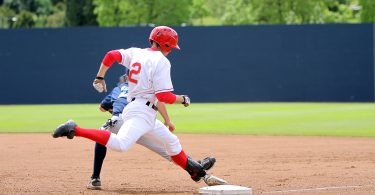By Ethan Guevin and the KPB Staff
There is a running joke among college coaches about parents who spend thousands of dollars for their kids to chase scholarships at showcase after showcase and event after event. The coaches see the same players over and over during a short period of time and they can’t help but shake their heads because they realize that the parents may be spending the equivalent of full tuition chasing scholarships that often aren’t big enough to cover the full cost of tuition. Sounds like a bad business deal, doesn’t it?
We understand that as a parent, you are forced to make tough choices on how to spend your money. You want your son to be happy and have the best opportunity to get recruited. The hardest part is that most parents simply don’t know which are necessary costs and which are not. In this article and in future posts, we want you to you understand your options when spending money for the purpose of giving your child a chance to play college baseball. In other words, we want your child to have the opportunity to play college baseball and we want you to know that you don’t have to spend a fortune to help him achieve his dreams.
To get started, we want you to understand more about what every college bound player is chasing—scholarships! Everyone is chasing scholarships, but how much will your son benefit financially from a scholarship? How much of college costs does a typical scholarship cover? Let’s take a look at 8 quick facts about scholarships.
Understanding Scholarships
- College baseball is not like football or basketball where every scholarship is an all-encompassing ‘full-ride’. Baseball typically operates on partial scholarships that cover a fraction of the cost of attendance (total estimated cost of attending school for 1 school year).
- Baseball scholarship money may be coupled with academic money and financial aid to create a larger overall package for players, but the NCAA monitors and limits the amount of baseball scholarships allowed and also has it’s own standards for non-countable (towards baseball scholarship) academic aid to create a more level playing field. For example, it would be difficult for someone with low GPA and test scores to have academic money that doesn’t count against the NCAA limit. This creates a more even playing field despite different institutions having different academic requirements.
- Scholarships are calculated as a proportion of the costs of attendance at each school: (Baseball Scholarship Money Granted)/(Total Cost of Attendance)= NCAA equivalency % or % value of scholarship. For example: If the total cost of attendance is $20,000 and you receive a $10,000 in baseball scholarship, you are on a 50% scholarship and count for .5 towards the NCAA maximum number of scholarships.
- Division 1 schools have an NCAA maximum of 11.7 full scholarships to divide up among a max of 27 scholarship players and a max of 35 guaranteed team roster spots. At present, if a player is going to be on baseball scholarship, they must be on at least .25 (25%) baseball money.
- Division II schools have an NCAA maximum of 9 scholarships to give out and no roster limits.
- Division III schools do not give out athletic scholarships and instead financial packages are based around need-based aid and academic money.
- Beyond the scholarship limits enforced by the NCAA, each program prioritizes different positions. Pitching, for example, is often prioritized and can take up 40-65% of total scholarship money allotted to a school in a given year.
- A glance at the allotment of scholarships for one D1 team revealed that most baseball scholarships covered in the range of 25-55% of the cost of attendance, with only few outside of that range. While every school is different, this is a fairly typical percent range covered by baseball scholarships.
Based on the facts described above, you can see that the best way to pay for your player to go to college is to combine a normal baseball scholarship that covers a percentage of the total cost of attendance, with academic aid that can often be even more substantial than the baseball scholarship offer. In other words, the best return on the money you spend on your son often centers around academics and making sure he has strong test scores and grades. This will not only keep his options open for more schools, it will also increase his chances of getting much more substantial aid from non-baseball sources.







